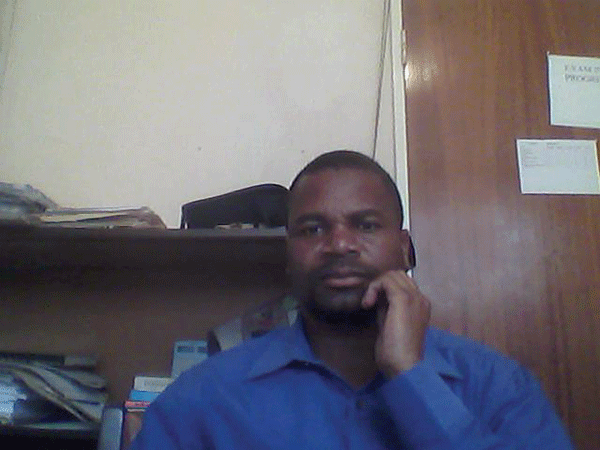
The term vulnerable is somewhat mouthful in the developmental paradigm, prompting communities to make it mean what they want to hear against the background of truth and unfolding situations.
The term vulnerable has become both a noun and verb, and now overshadows the significance of the term, vulnerabilities. For some time now, the term vulnerable has been used to refer to almost everything, yet vulnerabilities refer to the inability to withstand the effects of the hostile environment, while vulnerable refers to the possibility of being attacked, harmed – either physically or emotionally.
When talking about the vulnerable in society, they quickly say it refers to women and children, which could be correct, but rarely do we hear them talk about those people within minority groups and indigenous tribes, who are sometimes found in the gutter and peripheries.
Other groups which escape mentioning are the physically challenged and elderly, who rely on other people for accessing goods and services.
In the event of climate-related disasters, the physically challenged are often forgotten, worse still, there are many institutions built, even to this day, with facilities that are not user-friendly to them. In this country, minority languages are mostly not catered for when it comes to written communication. The mode of communication is almost always English, Shona or Ndebele; no San, Doma, Tshangani, Tonga or Nambya languages, among others, to talk about.
These people and their ilk, because of their peripheral nature and, especially, by design, are part of a broad network of poor people in developing countries, while the indigenous people complete the cycle of impoverished vulnerable groups, who are adversely affected by the impacts of climate change.
Their peripheral nature places them in a vicious cycle of poverty, thus have them live in marginally and ecologically insecure areas with low adaptive capacities. For these reasons, climate change-related disasters and impacts have not been merciful to them, and no one has taken upon themselves to improve their coping and adaptive mechanisms. But to their credit, they have adaptive and coping mechanisms based on their traditional knowledge, which are worth nurturing.
In Southern Africa, they are known as ethnic minorities, nomadic tribes or hunters and gatherers. These people are also not alone in climate change discourses as they also feel the impacts of climate change. They are also trying to deal with the ever changing climate despite their low capacities.
- Chamisa under fire over US$120K donation
- Mavhunga puts DeMbare into Chibuku quarterfinals
- Pension funds bet on Cabora Bassa oilfields
- Councils defy govt fire tender directive
Keep Reading
The other stumbling block is that these people lack comprehensive access to information and interactive best-practice communication tools designed to make their voices heard. They also lack recognition by State, including support in order to realise their worth and full-participation in climate change responses.
They also lack sustainable livelihood diversification options and as a result, they suffer from reduced access to natural resources. These vulnerable communities are faced with the following vulnerabilities in their abilities to cope.
The vulnerabilities are extreme weather and adverse climatic patterns, leading to devastating floods and prolonged droughts, erosion and, therefore, a reduction in cultivable lands and degradation of the land.
These ethnic minorities around the world have their own coping and adaptation techniques, strategies, plans and knowledge systems, which are specific to the climatic hazards and contexts of their particular area. Their strong relationship with the ecosystems makes them more resilient, as compared to the other societies, despite their high vulnerability statuses.
In this regard, it is important for the government to demonstrate inclusive approaches when dealing with the so called ethnic minorities and indigenous communities so that they are not left behind, while continuously stuck in past practices which, in this case, require massive transformation. As such, these disadvantaged communities are also part of the broad network of Sustainable Development Goals and they have to be situated accordingly in this development paradigm.
These indigenous people and ethnic minorities have their own weather coping mechanisms which draw inspiration from their indigenous knowledge systems. These are used as they come up with their own informal cropping calendars that are suitable for dealing with climate change uncertainties. But one of the major undoing factors with regard to indigenous and ethnic minorities is that they usually face challenges such as being removed from their own lands and territories for government’s expansion programmes, just like what happened to the Bushmen of Botswana. They also have their own past-time and recreational activities such as hunting and storytelling, which are now fading away, hence the need to revisit such activities. These recreational activities are significant in the sense that they form a comprehensive network of their oral literature and ecocriticism, ecological balance of nature and biodiversity conservation.
Sadly, all these milestones have not been sufficiently documented or incorporated into communities, regional and national repositories for future reference and use.
Peter Makwanya is a climate change communicator. He writes here in his own capacity and can be contacted on: [email protected]











